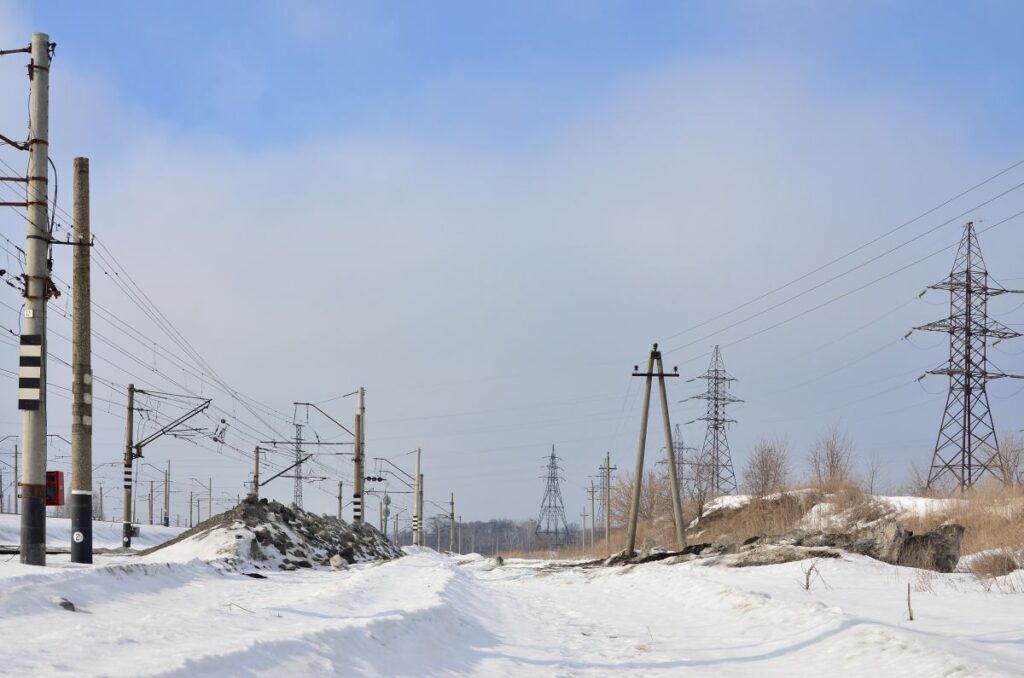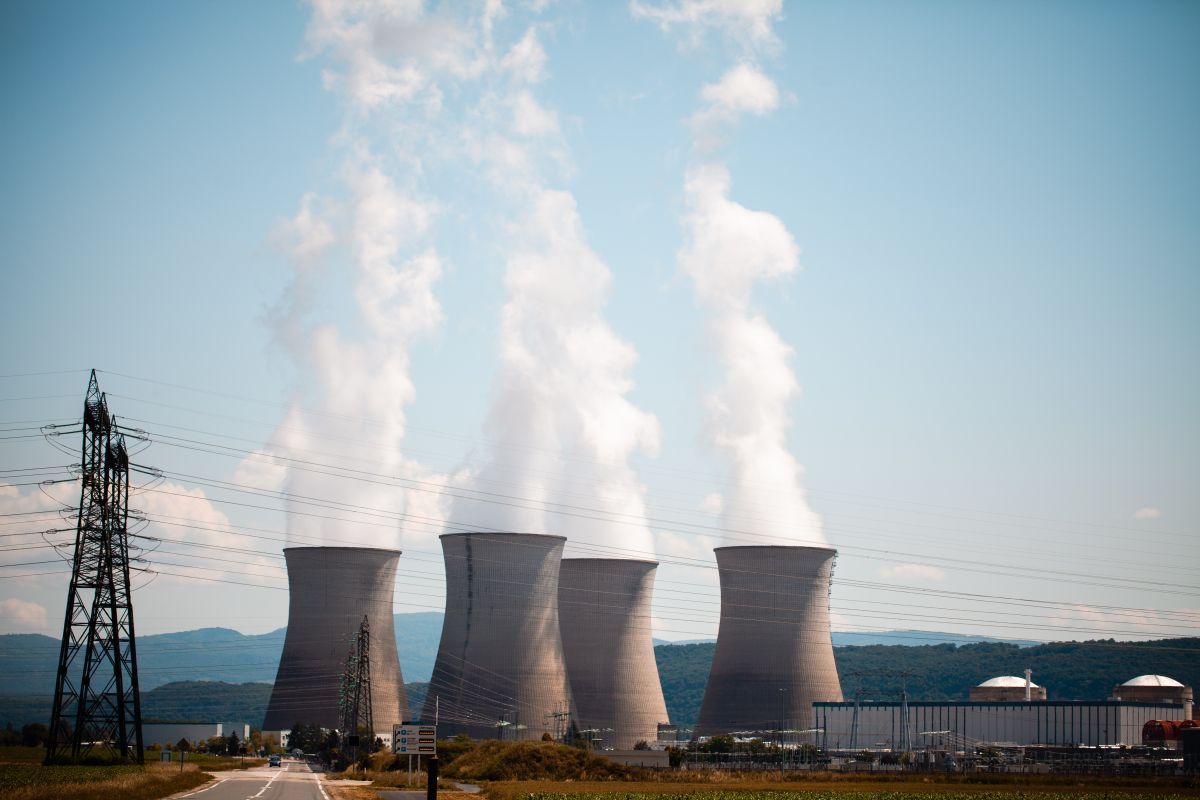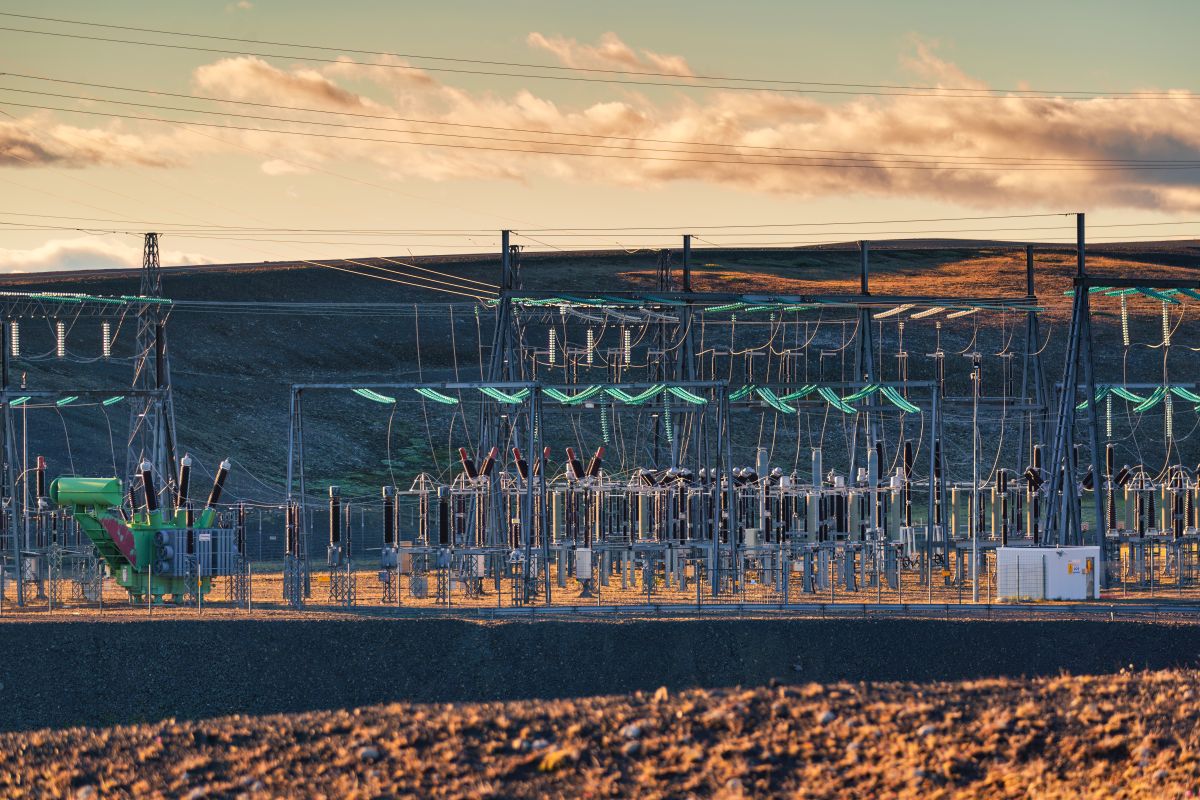Cold weather planning is crucial for maintaining electric grid stability during winter. Freezing temperatures can lead to equipment failures, frozen lines, and ice accumulation, causing widespread outages. An effective cold weather plan outlines protocols to safeguard systems and equipment, minimizing disruptions and reducing the risk of cascading failures during winter events. By implementing these strategies, grid operators connected to the Bulk Electric System (BES) can reinforce energy reliability and enhance grid stability, keeping communities safe and supported through harsh weather.
Core Components of a Cold Weather Plan for Electric Grids
In February 2021, Winter Storm Uri left approximately 4.5 million Texas residents without power for multiple days. An effective cold weather plan prepares for events such as Uri, reducing the risk of outrages and service disruptions. This plan should include several technical components to protect infrastructure and maintain power delivery. Key elements include:
- Insulation and Weatherproofing: Insulating transformers, substations, and control rooms to prevent malfunctions due to cold exposure.
- De-icing Mechanisms: Installing heating elements on lines and towers to prevent ice buildup that could cause damage.
- Fuel Management for Backup Generators: It is important to ensure reliable, winterized fuel access for backup generators, as frozen pipelines can lead to failures.
- Preventive Maintenance and Inspections: Scheduling regular inspections to identify and prevent vulnerabilities in freeze-prone equipment.
Additionally, as of October 2024, a new standard, EOP-012-2: Extreme Cold Weather Preparedness and Operations, requires Generator Owners and Operators to develop cold-weather plans to address the impact of severe winter conditions on BES generating units. This standard applies to specific BES resources, requiring temperature calculations, freeze protection measures, staff training, and corrective action plans to ensure stability. Compliance with the new EOP-012-2 standard is essential for ensuring grid reliability, as it equips Generator Owners and Operators to prepare equipment, implement protocols, and mitigate the risks of outages during extreme cold conditions.
Technological Considerations for Cold Weather Preparedness in Power Grids
Modern technology can also play a significant role in enhancing cold weather preparedness. Several technologies improve resilience and support quick response times during winter:
- Real-Time Monitoring and Sensors: Advanced sensors allow operators to track equipment temperatures and detect freezing risks, facilitating timely responses to prevent failures. SCADA systems with IoT and predictive analytics enable precise and real-time responses to extreme weather in continuous production environments.
- Predictive Analytics: Predictive analytics enable operators to anticipate weather-related risks, adjust load distribution, and dispatch repair crews proactively.
- Automation for Rapid Response: Automation enables systems to make critical adjustments in response to temperature changes without manual intervention, streamlining operations and reducing downtime.
These technologies allow operators to transition from reactive to proactive responses, improving awareness and response capabilities for resilient grid operations in cold weather.

Challenges in Cold Weather Planning for Power Grids
Researchers estimate that fully winterizing all power plants in Texas would cost between $5 billion to $20 billion. Preparing equipment for freezing conditions requires investment in de-icing and insulation solutions across large grid infrastructures. Accurate winter forecasting is also complex, as extreme weather is often unpredictable. Another challenge is effective communication with field staff. In extreme conditions, personnel must respond quickly to emergencies, perform inspections, and make necessary adjustments. Plans incorporating contingency strategies for fuel sourcing, logistics, and staff deployment allow grid operators to manage these challenges, enhancing grid functionality during winter.
How Certrec Can Help in Cold Weather Planning for Power Grids
Certrec provides services to support power grid operators in building effective cold-weather plans. Certrec helps protect assets, ensure regulatory compliance, and minimize shutdown risks. Services include:
- Cold weather plan development
- Updates for new standards such as EOP-012
- Extreme cold weather calculations
- Corrective action plan development and tracking
- Staff training solutions
Our services strengthen grid resilience, ensuring power infrastructure can withstand winter’s challenges and helping operators maintain reliable energy delivery. For more information, watch the video below.
Conclusion
A robust cold weather plan is essential for power grid operators facing winter’s challenges. These plans safeguard infrastructure and ensure reliable electricity during freezing conditions by prioritizing insulation, preventive maintenance, and regulatory compliance with EOP-012-2. Leveraging technology adds resilience, enabling real-time responses to cold weather risks and ensuring grid stability.
Certrec’s weatherization services offer specialized support, helping operators maintain compliance and reliability. By embracing proactive winter preparedness, grid operators can ensure uninterrupted power delivery, bolstering community resilience through the coldest months.
Disclaimer: Any opinions expressed in this blog do not necessarily reflect the opinions of Certrec. This content is meant for informational purposes only.












